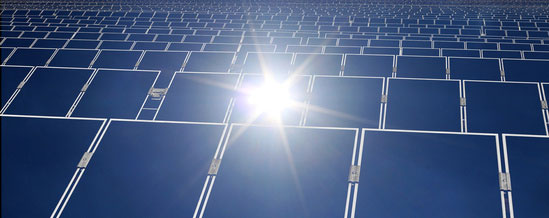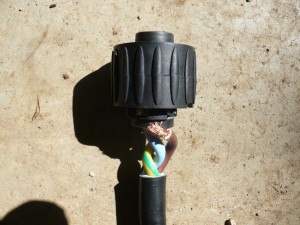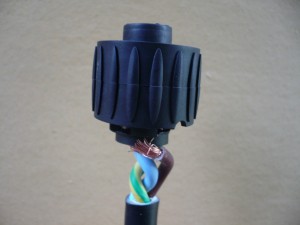One of the questions that lands in my inbox almost every day is this:
“Hey Finn – I’ve been made a fantastic offer on a shiny new solar power system for my home. It is heaps cheaper than every one else on the market. Is it too good to be true or a genuine bargain???”
Here are 13 Solar Questions to quickly ask either yourself or the solar sales dude that will help you decide. [Read more…]






 RSS - Posts
RSS - Posts



Currently Raging Debates: